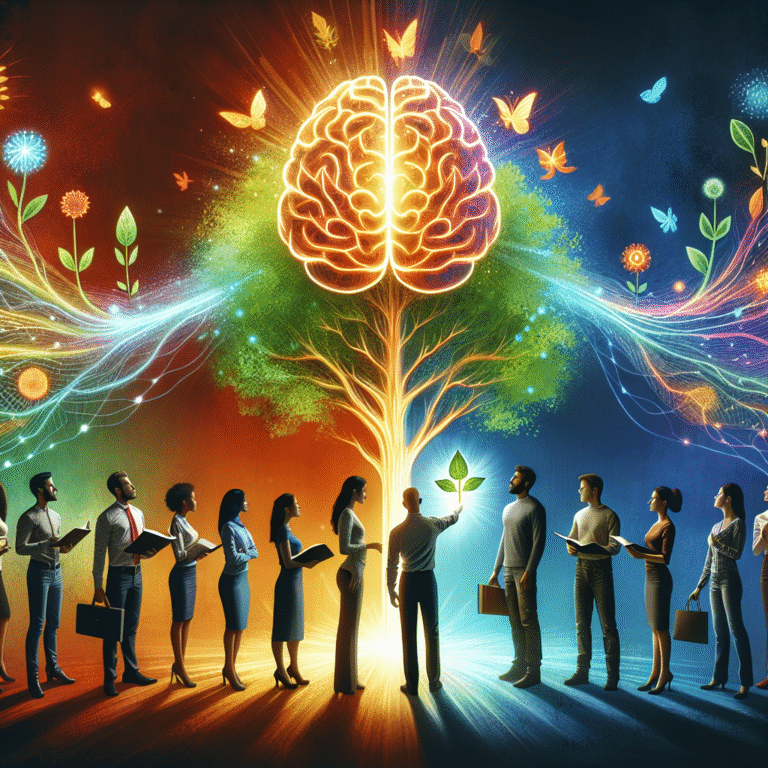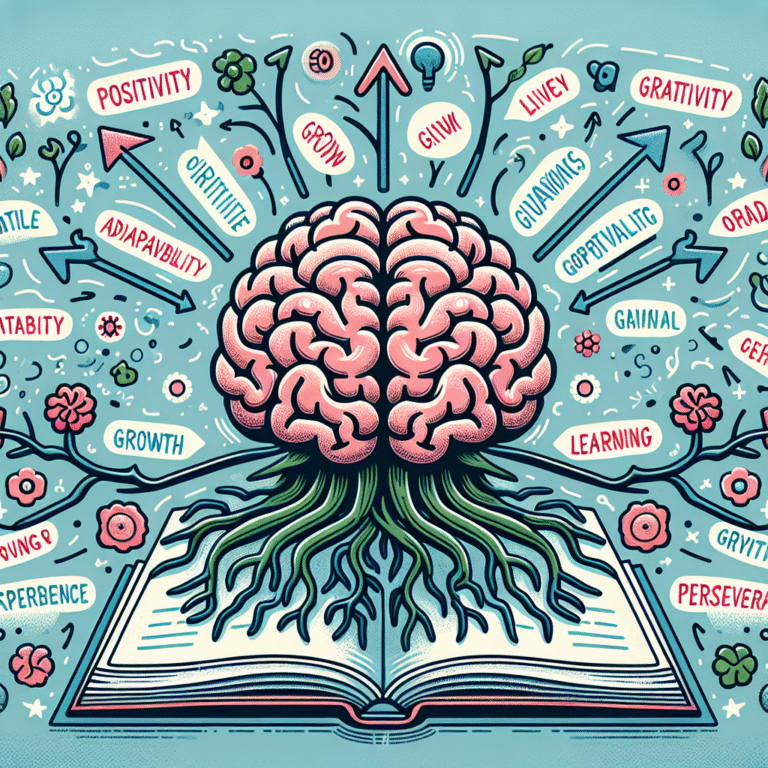
Introduction
In today’s fast-paced and ever-evolving educational landscape, the adage "Teamwork Makes the Dream Work" resonates more than ever. As educators face mounting challenges, from curriculum updates to integrating technology, collaboration has emerged as a cornerstone for success. Imagine a classroom where students are not just isolated learners but active participants who thrive because of teamwork. This transformation isn’t just beneficial; it’s essential. In this article, we’ll explore how teamwork can revolutionize education through collaboration, leading to enhanced learning experiences for both students and educators.
The Power of Collaboration in Education
Why Teamwork Matters
The essence of teamwork in education lies in diverse perspectives. When educators collaborate, they bring multifaceted insights into teaching strategies, classroom management, and student engagement. This enriches the learning environment and sets a solid foundation for future success. Studies consistently show that collaborative work leads to improved instructional practices and student outcomes.
| Benefits of Teamwork in Education | Description |
|---|---|
| Enhanced Student Engagement | Students are more involved when working in teams. |
| Broader Perspectives | Diverse ideas lead to innovative solutions. |
| Better Resource Allocation | Shared resources create efficiency. |
| Improved Communication | Teams foster a supportive communication culture. |
Real-World Case Study: The Collaborative Classroom
At Greenfield High School, a pilot initiative called the "Collaborative Classroom" was implemented, focusing on team-based project learning. Teachers from various departments worked together to design inter-disciplinary projects where students collaborated across subjects. The results were remarkable:
- Increased Student Engagement: Participation rates soared by 40%.
- Higher Academic Performance: Test scores improved by an average of 15%.
- Strengthened Social Skills: Students developed better communication and teamwork abilities.
Analysis
The Greenfield High School initiative showcases that when educators embrace collaboration, the impact extends beyond academic metrics. It fosters soft skills, preparation for the workforce, and a sense of community among students.
The Role of Technology
In our digital age, technology plays a pivotal role in facilitating teamwork. Tools like Google Classroom, Microsoft Teams, and various educational apps provide avenues for real-time collaboration, making it easier for students and educators to engage in teamwork.
Case Study: Virtual Collaboration at Rivera University
Rivera University adopted a blended learning model emphasizing digital collaboration among students and faculty. Online projects, peer reviews, and virtual discussions became the norm. Here are the outcomes:
- Flexibility: Students could collaborate from anywhere, fostering inclusivity.
- Expanded Learning Opportunities: Access to resources and experts beyond local classrooms enriched the learning experience.
Analysis
The use of technology to facilitate teamwork demonstrates that collaboration is adaptable, showcasing how education can flourish in diverse environments. The focus on accessibility and flexibility is particularly crucial in the 21st century.
Teamwork Strategies for Educators
Professional Learning Communities (PLCs)
Establishing Professional Learning Communities allows educators to collaborate regularly. These teams focus on shared goals, discussing pedagogical strategies and student performance. Here’s what effective PLCs entail:
- Regular Meetings: Time must be allocated for discussions.
- Shared Goals: Clear objectives aligned with student outcomes.
- Ongoing Reflection: Continuous assessment of practices for improvement.
Case Study: The Power of PLCs at Lincoln Elementary
Lincoln Elementary initiated PLCs where teachers from different grades came together to share strategies. After one year:
- Teacher Satisfaction: Satisfaction rates increased by 30%.
- Improved Student Outcomes: Report card grades improved by 20%.
Analysis
The success at Lincoln Elementary highlights how structured collaboration among educators can lead to not only improved educational practices but also enhanced job satisfaction. It transforms the teaching experience, making it more collaborative and resourceful.
Challenges in Educational Collaboration
While collaboration has myriad benefits, it isn’t without challenges. Understanding these can help schools navigate potential pitfalls.
1. Time Constraints
Educators often juggle multiple responsibilities, making it difficult to carve out time for teamwork. However, prioritizing collaborative activities can create a culture where planning sessions are the norm.
2. Resistance to Change
Some educators may oppose new collaborative approaches. Stakeholder engagement, through workshops and informative meetings, can help address concerns and encourage buy-in.
3. Unequal Participation
In group work, some members might dominate while others remain passive. Establishing roles and expectations can mitigate this issue, ensuring equitable participation.
Inspiring Collaboration Beyond the Classroom
Involving Parents and Communities
Collaboration should extend beyond school walls. Parents and community members offer invaluable support that can enhance educational outcomes. Schools can organize workshops, inviting parents to participate in project-based learning activities, thereby fostering a sense of ownership and investment in the educational process.
Case Study: Community Engagement at Oak Park Middle School
Oak Park Middle School initiated "Community Learning Days," inviting parents and local professionals to collaborate with students on projects. The results:
- Improved Community Relations: Parents reported feeling more connected to their children’s education.
- Enhanced Student Motivation: Students were excited to showcase their work to community members.
Analysis
This initiative demonstrates that engaging the broader community through collaboration enhances educational experiences. When parents and local professionals actively participate, it enriches the learning environment and highlights real-world applications of classroom knowledge.
The Future of Teamwork in Education: Trends to Watch
Embracing Collaborative Teaching Models
The future will likely see a rise in collaborative teaching models, where co-teaching becomes more standard. This approach allows two educators to share their expertise in a single classroom, creating a richer educational atmosphere.
Integration of Social-Emotional Learning
As schools recognize the importance of social-emotional learning (SEL), teamwork can play a vital role. Incorporating teamwork activities focused on SEL can enhance students’ emotional intelligence, resilience, and interpersonal skills.
Leveraging Data for Collaboration
Analytics will become increasingly important in fostering collaboration. Educators can use data insights to better collaborate on student needs, ensuring personalized and effective teaching strategies.
Conclusion
"Teamwork Makes the Dream Work: Transforming Education Through Collaboration" is not merely a catchy phrase; it’s a powerful philosophy underpinning effective education. As we’ve explored, the collective efforts of educators, students, parents, and the community create an enriched and engaging learning landscape. Collaboration isn’t just a strategic approach; it’s a necessity in navigating the complexities of modern education.
As we look to the future, let’s embrace and champion collaboration, fostering an environment where teamwork becomes the norm and every educator, student, and parent can contribute to a successful educational experience.
FAQs
1. How can teachers begin collaborating effectively?
Teachers can start by joining or forming Professional Learning Communities (PLCs) to share ideas and strategies regularly.
2. What tools can facilitate collaboration among educators?
Tools like Google Workspace, Microsoft Teams, and Trello can facilitate communication and collaboration among educators.
3. How can parents get involved in their child’s education?
Parents can participate in school events, volunteer for classroom activities, and engage in discussions about their child’s academic progress.
4. What are some effective team-building activities for classrooms?
Activities such as group projects, team challenges, and cooperative games can foster teamwork and communication among students.
5. How does technology enhance teamwork in education?
Technology allows for seamless communication, access to shared resources, and opportunities for real-time collaboration, making teamwork more efficient and accessible than ever.
By adopting the principles outlined in this article, educational institutions can truly transform their learning environments, making teamwork an integral part of their culture. The journey towards effective collaboration is ongoing, but with commitment and creativity, the dream of transformed education is within reach.















